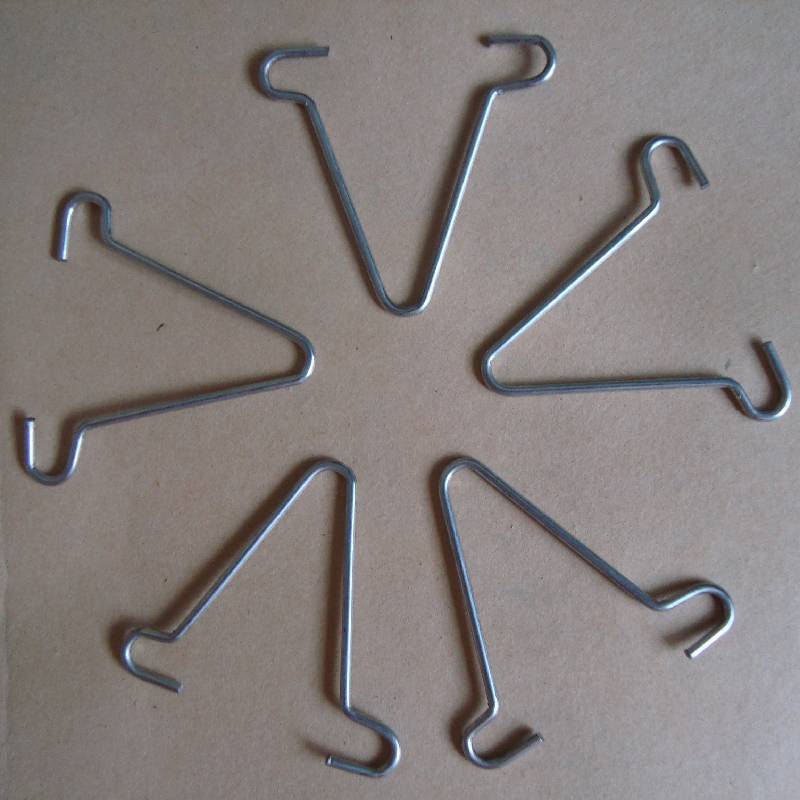
- Mobile Phone
- +8613931874955
- sales@cntcmetal.com
block wall ties
Understanding Block Wall Ties Essential Components for Structural Integrity
When constructing or renovating buildings, the importance of strong structural components cannot be overstated. Among these components, block wall ties play a vital role in ensuring the stability and longevity of masonry structures. This article explores the significance of block wall ties, their types, installation practices, and benefits.
What are Block Wall Ties?
Block wall ties are metal connectors that bond masonry walls to other structural elements, such as wood framing or another masonry wall. Their primary function is to provide lateral support and help prevent the wall from bowing or collapsing under pressure. By facilitating an interconnection between different substrates, wall ties contribute significantly to the overall structural integrity of a building.
Types of Block Wall Ties
There are several types of block wall ties, each designed for specific applications and conditions. The most common types include
1. Tie Wire A simple and cost-effective option, tie wire is commonly used in smaller projects. This type of tie can be easily manipulated and offers a good degree of flexibility.
2. Manufactured Wall Ties These are typically made from galvanized steel or stainless steel to resist corrosion. Manufactured ties are available in various shapes and sizes, catering to different specifications and loads. Some of the common designs include ladder ties, branded ties, and crimped ties.
3. Dovetail or Z-shaped Ties These types are often used in applications where a more secured connection is necessary. Their shape allows for better anchoring into the wall and improved stability.
4. Vertical or Horizontal Ties Depending on the design of the wall, block wall ties can be oriented vertically or horizontally. This orientation will depend on the load requirements and the structural design.
Installation Practices
The proper installation of block wall ties is crucial to ensuring their effectiveness. Some best practices include
block wall ties

- Spacing The spacing of wall ties is determined by the wall's height and the material used. Generally, ties should be spaced every 16 to 24 inches apart vertically and every 24 inches horizontally.
- Embedment Ties should be embedded into the masonry at least 1 inch deep to ensure a solid connection. Proper embedment helps to distribute loads evenly across the wall.
- Alignment It's essential that ties are aligned correctly to maintain the structural integrity of the wall. Misalignment can lead to weaknesses and potential failure over time.
- Corrosion Protection When working in areas prone to humidity or wet conditions, opting for stainless steel or galvanized ties can prevent corrosion and extend the lifespan of the connectors.
Benefits of Using Block Wall Ties
The incorporation of block wall ties in construction offers numerous advantages
- Enhanced Structural Stability Wall ties provide essential support against lateral forces, such as wind or seismic activity, helping to keep the structure stable.
- Improved Load Distribution By connecting different structural elements, ties help distribute loads evenly, reducing the risk of localized failures.
- Preventing Cracking Effective use of wall ties can minimize the potential for cracking in masonry walls, significantly extending the life of the structure.
- Cost-Effectiveness Investing in quality block wall ties can save money in the long run by reducing maintenance costs and avoiding potential structural failures.
Conclusion
Block wall ties are indispensable elements in modern construction, contributing significantly to the safety and longevity of masonry buildings. By understanding their types, proper installation practices, and benefits, builders and contractors can ensure that their structures are designed to withstand diverse challenges. As the construction industry continues to evolve, the emphasis on using robust and reliable materials like block wall ties will remain critical to enhancing structural integrity and safeguarding investments.
share:
-
Why Sacrificial Formwork Is Redefining Underground ConstructionNewsJun.06,2025
-
The Structural Dynamics of Modern Concrete: How Snake Spacers Revolutionize Flexible ReinforcementNewsJun.06,2025
-
Snake Spacers Smart-Lock Concrete Reinforcement with Surgical PrecisionNewsJun.06,2025
-
Snake Spacers: Reinforcement Precision for Modern Concrete ProjectsNewsJun.06,2025
-
Snake Spacers Powering Concrete's Structural DNANewsJun.06,2025
-
Slither into Success: Snake Spacers' Precision Bite for Unbreakable ReinforcementNewsJun.06,2025
-
Sacrificial Formwork: Building Stronger, Faster, and Safer StructuresNewsJun.06,2025



















